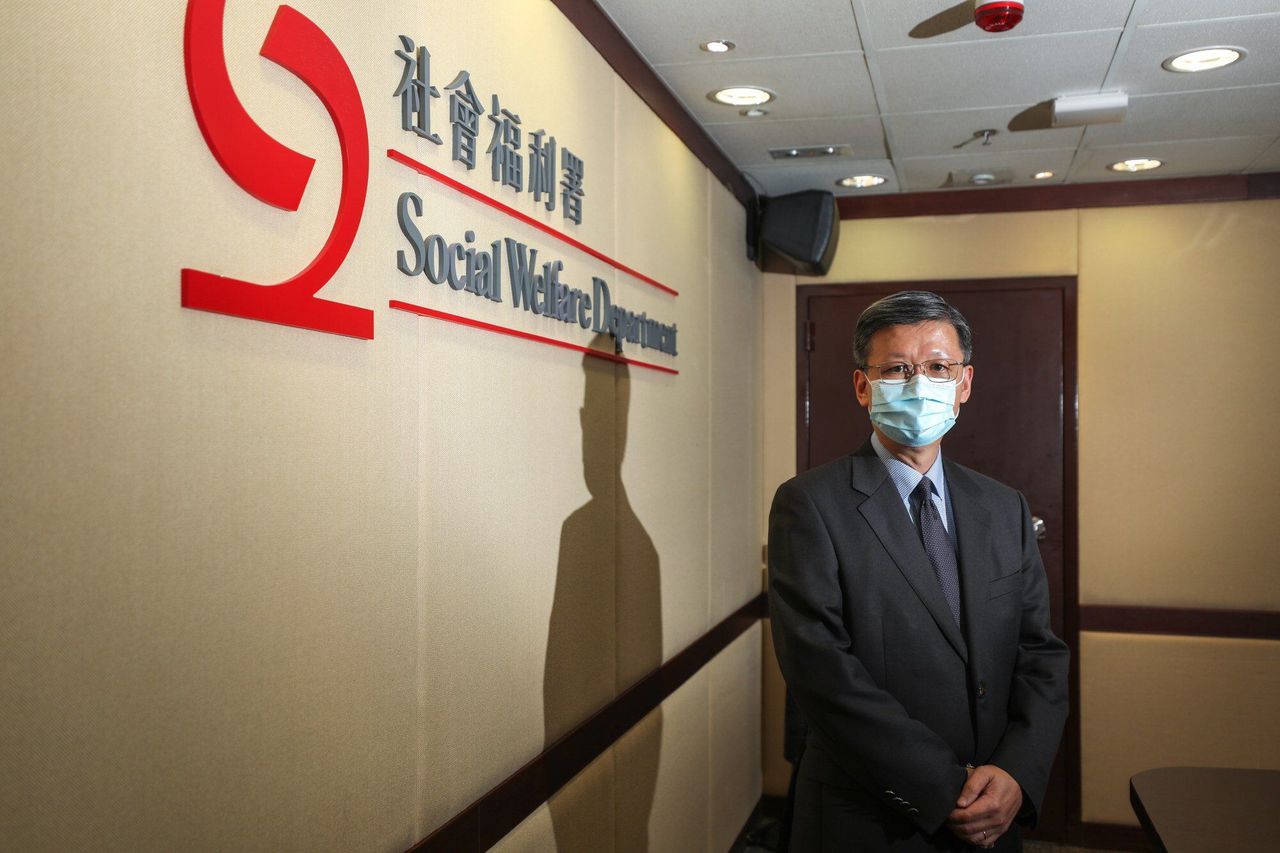Hong Kong News

Hong Kong officials promise to improve inspection of children’s homes
Hong Kong welfare officials say they will improve inspections of children’s homes after 20 staff of a scandal-hit residential facility were arrested for allegedly abusing at least 35 toddlers.
They also defended their decision to not take over the child care facility, even after an independent review found rough handling of toddlers had become “habitual” there.
Since the scandal broke in late December, about 50 to 60 children have continued to live at the Hong Kong Society for the Protection of Children’s Mong Kok branch. As of January 27, 32 toddlers from the care home were still in hospital, according to the Social Welfare Department.
All the children had undergone medical check-ups, but the authorities could not reveal their conditions as the case had entered into legal proceedings, director of social welfare Gordon Leung Chung-tai told a Legislative Council welfare panel meeting on Monday.
Lawmakers have called on the government to take over the residential care facility or allow for it to be temporarily run by a third party, and to launch an independent committee to look into the incident.
Secretary for Labour and Welfare Law Chi-kwong acknowledged before the same panel on Monday that the department’s inspection team was not required to regularly review surveillance video footage from care homes before the scandal.
“We will do it in the future … There are at least 40 cameras [inside the home], which record their moves 24 hours a day; it’s important for us to come up with a sampling method,” he said.
“Reviewing the footage requires a lot of manpower, we need to find a way to balance the effectiveness.”
Law added that Susan Choy So Suk-yin, ex-director of the Hong Kong Society for the Protection of Children who resigned from the position following the incident, had also left her role as a non-official member in the Commission on Children.
 Social Welfare Department Director Gordon Leung Chung-tai.
Social Welfare Department Director Gordon Leung Chung-tai.
Leung said the department had inspected the Mong Kok facility five or six times in the past year. The surprise assessments were usually conducted by a team of four, and included examining the facility, as well as the staff, and the children’s behaviour and physical condition.
He said although there was no evidence that the department’s inspection staff failed to perform their duties, they would explore improvements such as monitoring cameras with new technology such as artificial intelligence
The authorities said they had sent an interdisciplinary team to conduct investigations and inspect the centre daily since the alleged abuse came to light
Law reiterated that authorities had considered many solutions and believed that either revoking the society’s licence or replacing the entire children’s home with another organisation was not the best outcome.
“The current staff at the Mong Kok home has met the department’s requirements and they are improving every day,” Leung explained, adding that the inspection team consisted of experienced social workers, psychologists and nurses.
Law defended the government’s decision not to set up its own independent committee to investigate the case. The current independent review committee was set up by the society itself.
“To be honest, if we set up our own independent committee, these members [in the current committee] are also on the list in our mind,” he said. “The committee does not have any ties with the society and the members are very experienced … Their criticisms are impartial.”
In a report submitted on January 25, the committee concluded that all levels of the organisation should be held responsible. They found the rough handling of toddlers there had become “habitual”, and that most of the staff at the home needed to be replaced.
The Mong Kok home provides support for children aged up to three years old who have been abandoned, orphaned or lack care because of family problems. Some of the centre’s staff were accused of yanking toddlers’ hair, hitting their heads, slapping them and throwing them onto the floor.
Two senior employees of the HKSPC have resigned.
HKSPC, an established child welfare group, runs centres across Hong Kong and serves about 3,000 children up to 16 years old and their families.











